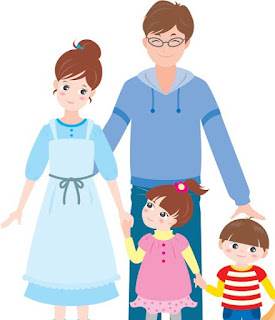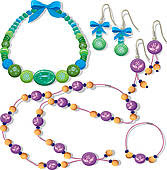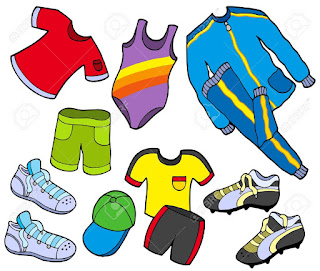As important as consonants are, they can be a pain sometimes. This post will make it clear how to correctly pronounce Italian consonants. For the most part, Italian consonants are similar to English, but there are some exceptions. C, G, S, H, Q, R, and Z tend to have some peculiarities about them. C and G: For C , remember the basic rules (G follows these same rules): C + e or i = ch (church) C + a, o, u , or any consonant = k (cat) Ci + a, o, u = ch + the vowel Do not pronounce the I when it is followed by a vowel (except E) Ch+ e or i = k (cat) The H will always harden the C H: H is never pronounced, it's main purpose in Italian is only to harden the C and G though it appears first in some words. Q: Q is never without a U preceding it always making the "qw" sound like in quattro or quando . R: As in many things Italian's R is similar to the R in Spanish. It is not rolled but trilled when only one...







